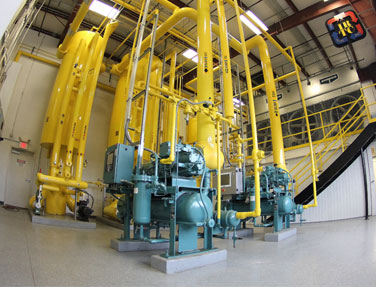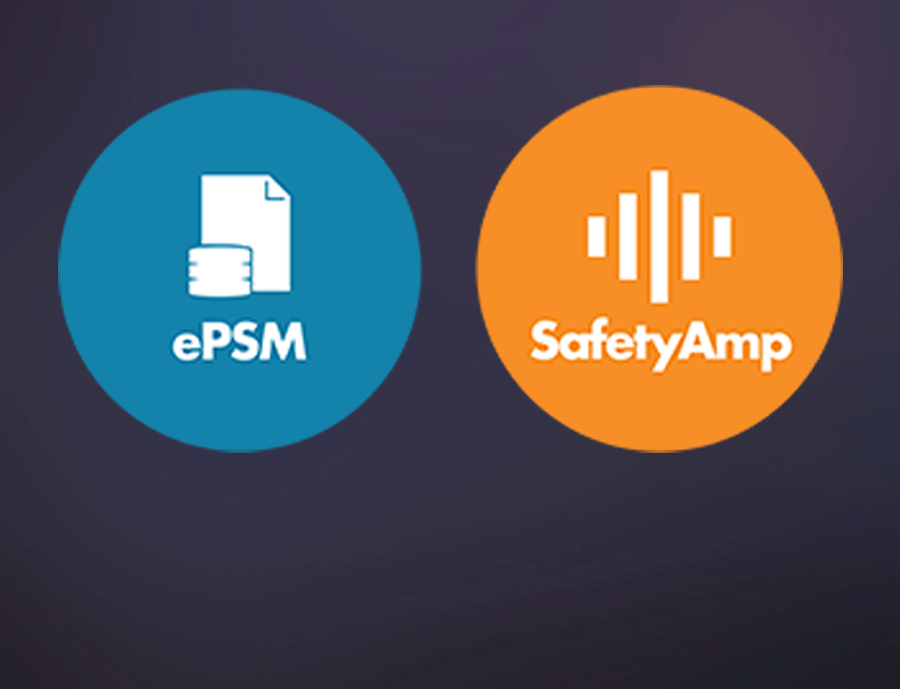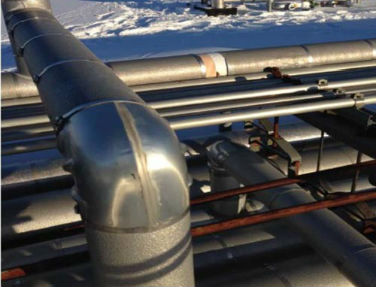-
August 4, 2014
Maximize Preventative Maintenance
Modern Technology for Preventative Maintenance
What has relatively recent technology given facility managers and operators new tools and improvements concerning their industrial refrigeration systems? I can think of many ways but in this report we will focus on non-destructive and preventative maintenance technologies that have been developed or have had their costs lowered over the recent decades. These technologies can allow you to take action sooner and with more accurate information as well as likely lower system costs over time.
Vibration Analysis
This is a non-destructive method of determining bearing faults, misalignment, worn components, oil overfeeding (for screws), etc... It allows us to extend the life of equipment by identifying problems before they spread or damage other components. By investing a small amount with routine vibration analysis (roughly twice a year) we are typically able to save many times over in rebuild or replacement costs. For instance, instead of only relying on run hours for replacement or rebuild, the equipment may be able to operate without a rebuild for many times the standard interval. Keep in mind that vibration analysis typically takes at least two or more data collections to properly determine faults. Occasionally the first collection, commonly called the baseline, will identify major faults such as misalignment but usually it’s the increasing severity that accurately provides guidance. One point to make from discussing vibration analysis with a few facility managers: it is not just for screw compressors and motors but vibration analysis is also useful with reciprocating compressors and other types of compressors, even pumps when they are large enough to justify it.
Oil Analysis
Similar to the life of components and vibration analysis, instead of replacing the oil at a scheduled interval, oil analysis commonly allows us to wait much longer to take action. An example that most or all of us would be familiar: replacing the oil and filter in your car every 3,000 miles (or something higher like 5,000 or 7,500 miles with full synthetic oil). Instead of a standard car oil change costing about $30, changing the oil in a screw compressor can cost thousands of dollars. Rather than just letting the compressor run until the poor oil quality damages the compressor, performing oil analysis tells us when it should be changed. Clearly, oil analysis appears to be a wise investment considering the frequency of oil changes can be reduced. Finally, in addition to possibly increasing the oil change interval, the analysis will also include wear metals which can show problems with compressor components as well as indicate the number of particles at various sizes which typically relates to the effectiveness of the oil filter.
Non-Destructive Analysis
Although we can visually inspect pipe for external corrosion and paint wear, we can’t see corrosion under insulation or, uncommon for industrial systems, internal corrosion / erosion. The lower cost method is ultrasound testing. This involves removing insulation, cleaning the pipe of rust, then determining the pipe thickness. If the insulation was in reasonable condition before removal, it can be re-installed with a fresh vapor retarder applied. By checking many locations including the pipes most prone to pitting (think defrost relief or defrost condensate, warmer suction pipes, chilled high pressure liquid pipes, and locations that cycle in temperature) or where the vapor retarder is poor, an overall assessment is usually made in addition to the exact reading found at tested locations. Although a few times more expensive, x-ray technologies allow a scan of all insulated pipes without insulation removal and a more thorough assessment of the pipe condition. Either of these non-destructive methods will allow you to determine if pipe needs to be replaced and if your insulation vapor retarder is holding up well. Rather than being used for pipe degradation, infrared scanning finds loose or poor electrical connections and terminations. It creates a picture of temperatures which can show hot areas and arcing. By catching these issues early, a correction can be made before your electrical panel looks like that burnt meal you forgot was still in the kitchen stove.
Jay Voissem, P.E., CIRO
Industrial Refrigeration Technical College



